The Fabric Air Ducts Market is currently characterized by a dynamic competitive landscape, driven by increasing demand for energy-efficient and sustainable HVAC solutions. Key players such as Titus (US), DuctSox (US), and FabricAir (DK) are strategically positioning themselves through innovation and regional expansion. Titus (US) focuses on enhancing its product offerings with advanced materials that improve air distribution efficiency, while DuctSox (US) emphasizes customization and flexibility in its duct solutions, catering to diverse industrial applications. FabricAir (DK) is leveraging its expertise in fabric technology to develop eco-friendly products, thereby appealing to environmentally conscious consumers. Collectively, these strategies not only enhance their market presence but also foster a competitive environment that prioritizes sustainability and efficiency.
In terms of business tactics, companies are increasingly localizing manufacturing to reduce lead times and optimize supply chains. This approach appears to be particularly effective in a moderately fragmented market, where the collective influence of key players shapes pricing strategies and product availability. The emphasis on supply chain optimization is likely to enhance operational efficiency, allowing companies to respond swiftly to market demands and fluctuations.
In August 2025, DuctSox (US) announced a partnership with a leading HVAC manufacturer to integrate smart technology into its fabric duct systems. This strategic move is expected to enhance the functionality of their products, allowing for real-time monitoring and improved energy efficiency. Such innovations may position DuctSox as a frontrunner in the smart HVAC segment, appealing to a growing market segment that values technological integration.
In September 2025, FabricAir (DK) launched a new line of antimicrobial fabric ducts designed specifically for healthcare facilities. This initiative not only addresses the increasing demand for hygiene in air distribution systems but also underscores FabricAir's commitment to innovation in response to evolving market needs. The introduction of these specialized products could potentially enhance their competitive edge in the healthcare sector, where air quality is paramount.
Moreover, in July 2025, Titus (US) expanded its operations into the Asia-Pacific region, establishing a manufacturing facility in Vietnam. This expansion is indicative of a strategic focus on tapping into emerging markets, which may offer substantial growth opportunities. By localizing production, Titus aims to reduce costs and improve service delivery, thereby strengthening its competitive position in a rapidly evolving market.
As of October 2025, the Fabric Air Ducts Market is witnessing trends that emphasize digitalization, sustainability, and the integration of artificial intelligence in product development. Strategic alliances among key players are increasingly shaping the competitive landscape, fostering innovation and enhancing product offerings. The shift from price-based competition to a focus on technological advancement and supply chain reliability is likely to define future market dynamics, suggesting that companies that prioritize innovation and sustainability will emerge as leaders in this evolving market.


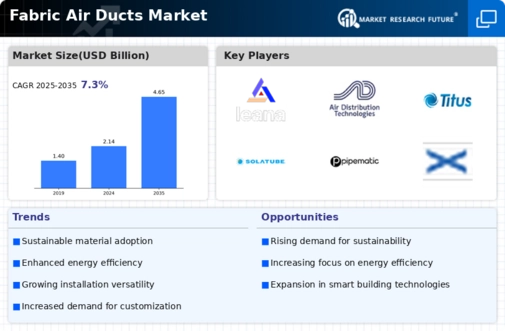
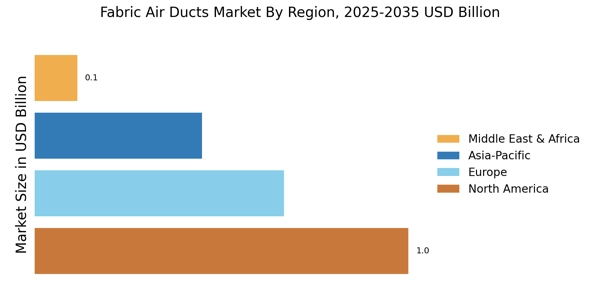
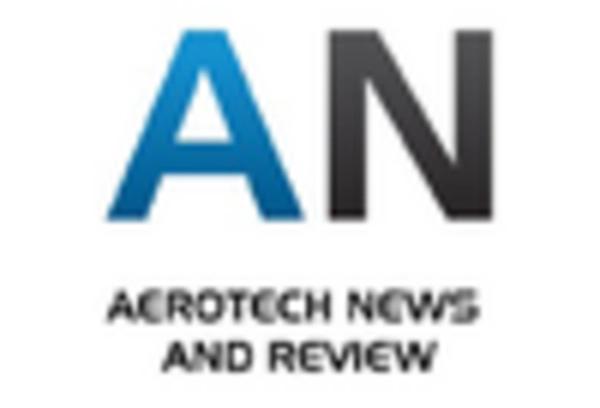
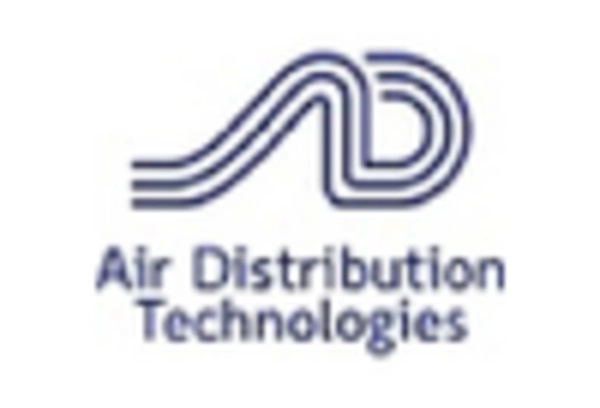

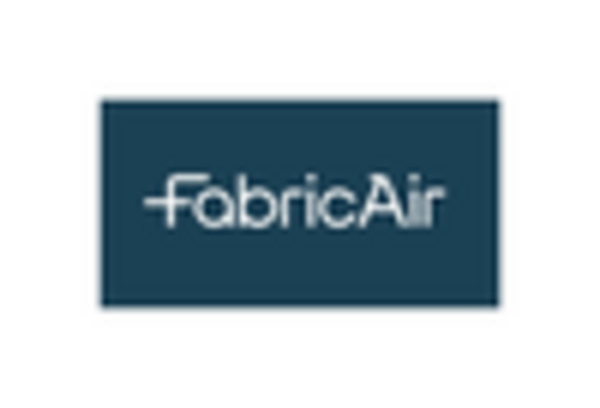
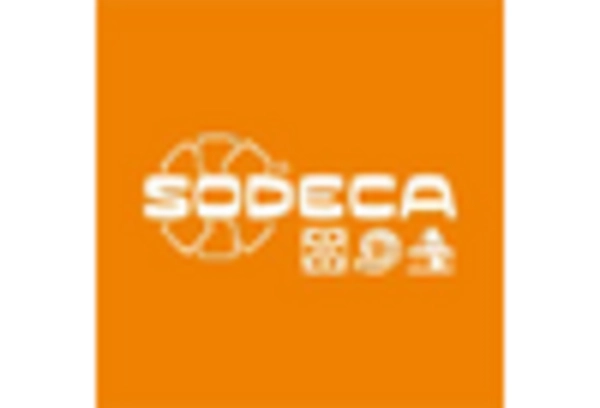
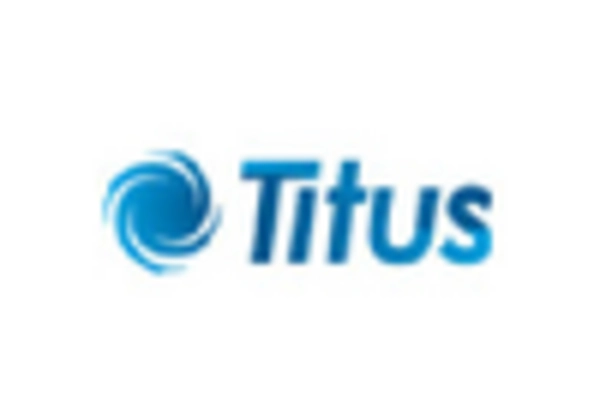








Leave a Comment